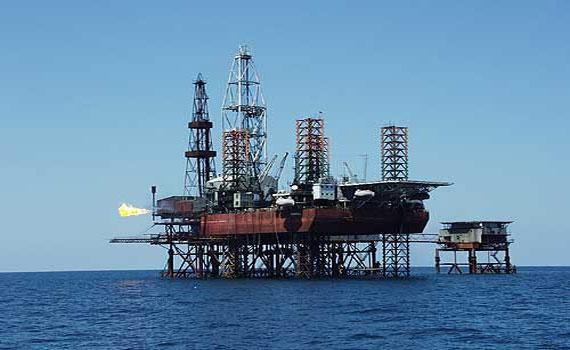
EGYPT: THE SRCOND-LARGEST

Egypt is the largest non-OPEC oil producer in Africa and the second-largest dry natural gas producer on the continent. The country also serves as a major transit route for oil shipped from the Persian Gulf to Europe and the United States.
Egypt is the largest oil and natural gas consumer in Africa, accounting for more than 20% of total oil consumption and more than 40% of total dry natural gas consumption in Africa in 2013. Energy subsidies, which cost the government $26 billion in 2012, have contributed to rising energy demand and a high budget deficit.
One of Egypt's challenges is to satisfy increasing oil demand amid falling production. Total oil consumption grew by an annual average of 3% over the past 10 years, averaging almost 770,000 bbl/d in 2013. Egypt's oil consumption has outpaced production since 2010.
Egypt has the largest oil refinery capacity in Africa, although it operates well below capacity. The country's refinery output declined by 28% from 2009 to 2013, despite growing domestic oil consumption. As a result, Egypt must import petroleum products to make up for the shortfall.
Egypt's dry natural gas production has declined by an annual average of 3% from 2009 to 2013. Substantial gas discoveries in the deep offshore Mediterranean Sea and in other areas in Egypt remain undeveloped because the price that Egypt's government is willing to pay foreign operators for the gas is too low, making some investment projects commercially unviable.
Egypt's natural gas exports have declined since 2009 because of increasing consumption and declining production. Egypt's government has been diverting natural gas supplies away from exports to the local market. The country plans to start importing LNG after September 2014 when it installs a regasification unit.

The Suez Canal and SUMED Pipeline are strategic routes for Persian Gulf oil and natural gas shipments to Europe and North America. Closure of the Suez Canal and Sumed Pipeline would add an estimated 2,700 miles of transit from Saudi Arabia to the United States around the Cape of Good Hope via tanker.
The revolution in Egypt that started in 2011 did not have any noticeable effect on oil transit flows through the Suez Canal. Oil transit via Suez has increased each year since 2009. In 2013, almost 3.2 million bbl/d of total oil transited in both directions, of which 1.5 million bbl/d was crude oil. This is the largest amount ever shipped through the Suez Canal. Total crude oil flows via the Suez Canal and SUMED pipeline accounted for about 6% of total seaborne-traded crude oil.
LNG flows through the Suez Canal in both directions were 1.2 Tcf in 2013, accounting for 10% of total LNG traded worldwide.
Egypt experiences frequent electricity blackouts because of rising demand, natural gas supply shortages, aging infrastructure, and inadequate generation and transmission capacity. Ongoing political and social unrest in Egypt has slowed the government's plans to expand power generation capacity by 30 GW by 2020.
eia.gov








